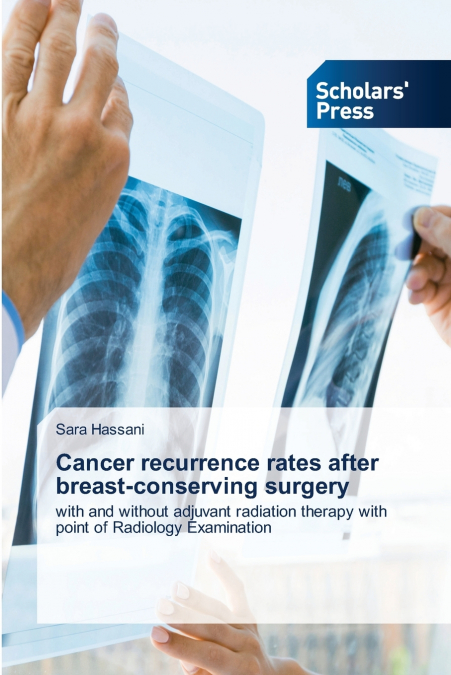
Sara Hassani
Breast cancer represents the most frequently diagnosed malignancy among women worldwide and remains one of the leading causes of cancer-related mortality. According to the Global Cancer Observatory (GLOBOCAN) 2020 estimates, approximately 2.3 million women were newly diagnosed with breast cancer, and 685,000 women died of the disease globally (Sung et al., 2021). This makes breast cancer not only the most common cancer in women but also a significant contributor to global morbidity, mortality, and healthcare burden. Although remarkable progress has been made in early detection and treatment, the absolute number of breast cancer cases continues to rise due to population growth, aging, and the adoption of risk-related lifestyle factors such as obesity, physical inactivity, and alcohol consumption. This book has 4 chapters, including: Chapter I: Introduction;Chapter 2: Subgroup Analyses, Molecular Subtypes and Long-Term Outcomes;Chapter 3: Health Economics, Cost-Effectiveness and Policy Implications of Adjuvant Radiation Therapy;Chapter 4: Future Perspectives and Innovations in AI, Radiomics and Personalized Post-BCS Breast Cancer Care and References.